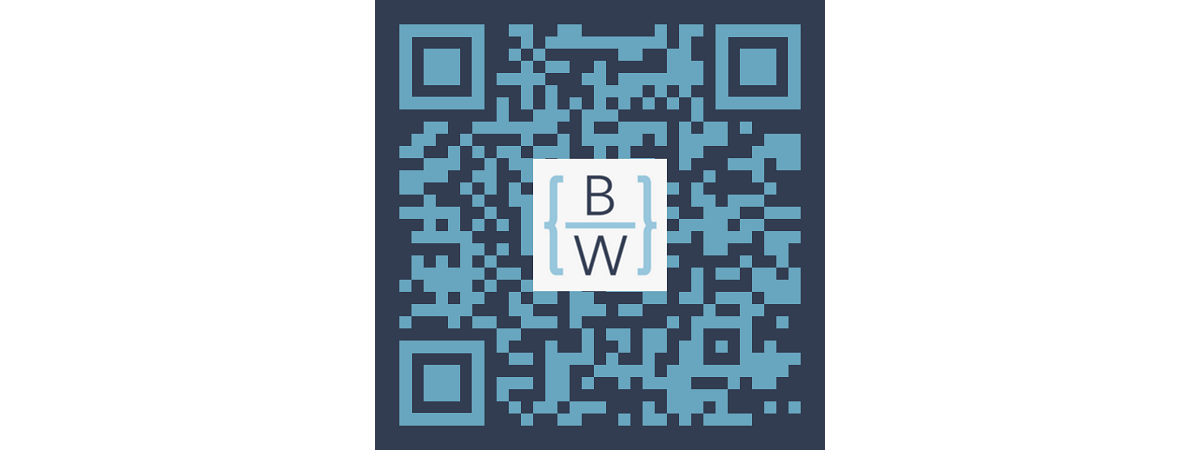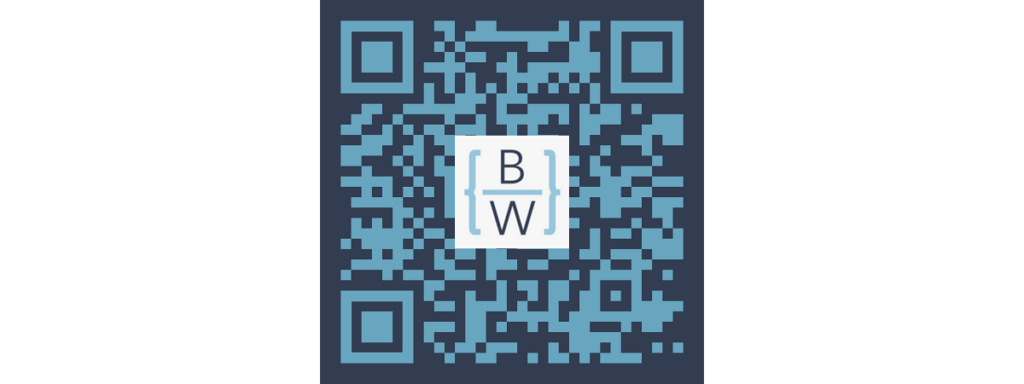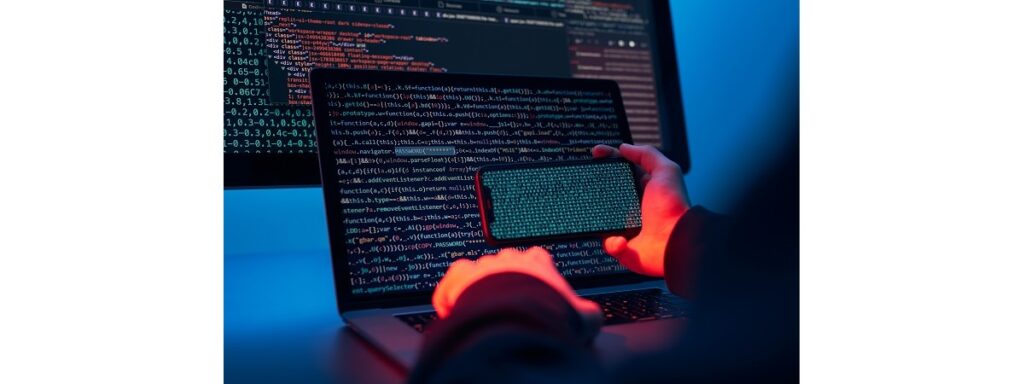QR codes are new to most of us, fun, and easy to use with your mobile phone. You’ve almost definitely seen them, and most likely you have used a QR code at your local restaurant instead of a physical menu. All you have to do is take a picture of the code from your smartphone and immediately you have the data visually displayed on your phone. So, what is it not to like about them?
QR codes can also be used by criminals to steal your sensitive data, that’s what.
Click ‘read more’ for our thoughts on QR code risk.
In light of the recent banking crisis, many businesses (and their customers) are changing banks. Similarly, these changes in banking are accompanied with changes to wire instructions. If you receive new wire instructions via a-mail, or conversely, if you are communicating changes to your own wire instructions via e-mail, you are at high risk for a wire fraud attack.
That’s because criminals are also aware of this massive banking shift, and are already attempting to communicate with your investors and business partners alike to trick them with fraudulent wiring instructions – all via e-mail.
Click ‘read more’ for our thoughts on wire fraud risk.
Late last year, we learned that password aggregator LastPass was hacked, with criminals accessing the firm’s entire infrastructure via a weakness in a third-party software tool used by an employee. It’s been quite the saga, with a more recent breach announced in March being the second in as many years. So, what do you do?
Click ‘read more’ for our thoughts on password manager risk.






